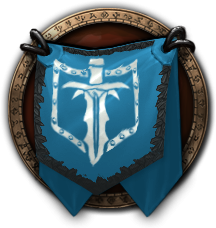This guide has been updated for the Shadowlands.
Hey guys, Tiraffe here with part 2 of my rated PVP guide. If you haven’t read intro guide to rated pvp, it’s recommended, but not necessary. This will cover more of the advanced concepts for higher rated PVP matches. (Think 1600-1800+cr). They’re still useful for all kinds of rated PVP, so feel free to keep reading.
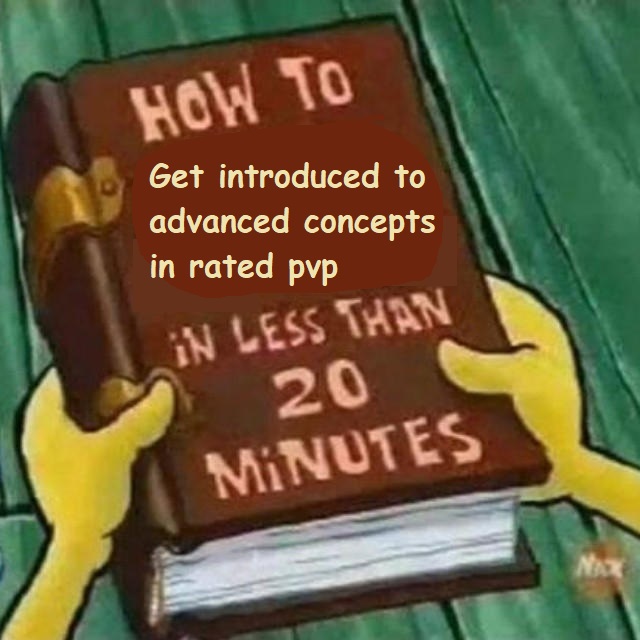
List of WoW PVP terms:
https://www.wowhead.com/glossary-to-wow-pvp-terms
General PVP goals/requirements:
- Combatant: Requires reaching 1400 in a rated bracket (2’s, 3’s or RBGs)
- This is also the minimum rating needed to start progress towards the season’s PVP mount, which shows as a progress bar on the rated PVP tab in group finder
- Hitting 1400 also means you start getting the option to pick rated PVP pieces from the Great Vault that around the same ilvl as gear from normal raid, in addition to any other parts of the Great Vault you’ve unlocked for the week. Increasing your rating beyond that will increase the ilvl when you hit the next bracket of rated pvp.
- There is no separate Weekly PVP chest to worry about. Each Rated PVP section of the Great Vault requires earning an increasing amount of honor from rated PVP, which doubles as currency to purchase gear from the new PVP vendors.
- Winning matches in rated pvp will also grant Conquest, which are used to purchase rated PVP gear from Zo’sorg in Oribos.
- In addition, those seeking the Elite PVP tmogs can get specific parts of the tmog at different rating brackets.
Table of Contents
- The Opener and Momentum
- The Line-of-Sight and Connecting to Your Target
- Going for a Drink
- The Arena Itself (Which Arenas Favor What)
- Pugging and Communication
- Arena Addons/Macros
- The Meta
Advanced Concepts:
This will cover most of the actual action within a single match, rather than most of the set-up seen earlier.
1. The Opener and Momentum
This part will cover the start of the game, as well as steps teams can take as the match goes on.
The Opener
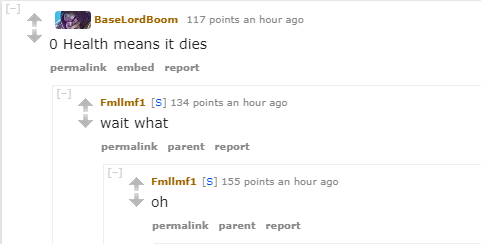
The Opener is oftentimes the most crucial part of the game, in terms of sequence of events. It determines who lands the first blow and which teams ends up as being on the offensive or defensive, at least for the first minute. It can mean the difference between a quick win, an even game, or an instant loss.
Before the game starts, it’s a good idea to try to gauge the enemy team before you engage them, in terms of which person you should target first as well as which person on your team is most likely going to get smacked in the face first. The same goes for any targets that need to be crowd controlled as much as possible. If you have any classes that give class buffs (priest, warrior or mage) or consumables (warlocks and mages), make sure they’re given out before the match starts. Talents, PVP Talents, Gear and even Essences should be swapped accordingly if it means having an advantage. Food buffs, flasks and potions cannot be used in rated pvp.
Any class that can be stealthed at the start of the game should do so, which includes Mages, Rogues, Druids and Hunters talented into Camouflage. Arcane mages can also talent into Mass Invisibility as a PVP Talent, which grants stealth for their entire party for 5 seconds every minute and can be used as a defensive later to stop enemy casts by making their target invisible.
Once the gate opens, your goal is to make contact with the enemy team and try to make the first blow. Teams that want to be on the offensive will want to open with both their crowd control and their offensive cooldowns to force their opponents to use their PVP trinkets immediately. Defensive teams will want to use their ranged abilities to poke the enemy as much as possible before they commit to a fight. In short, being able to put out more upfront damage means that the enemy healer will have to worry about keeping their teammates alive rather than finding an opportunity to crowd control or add some damage.
Momentum
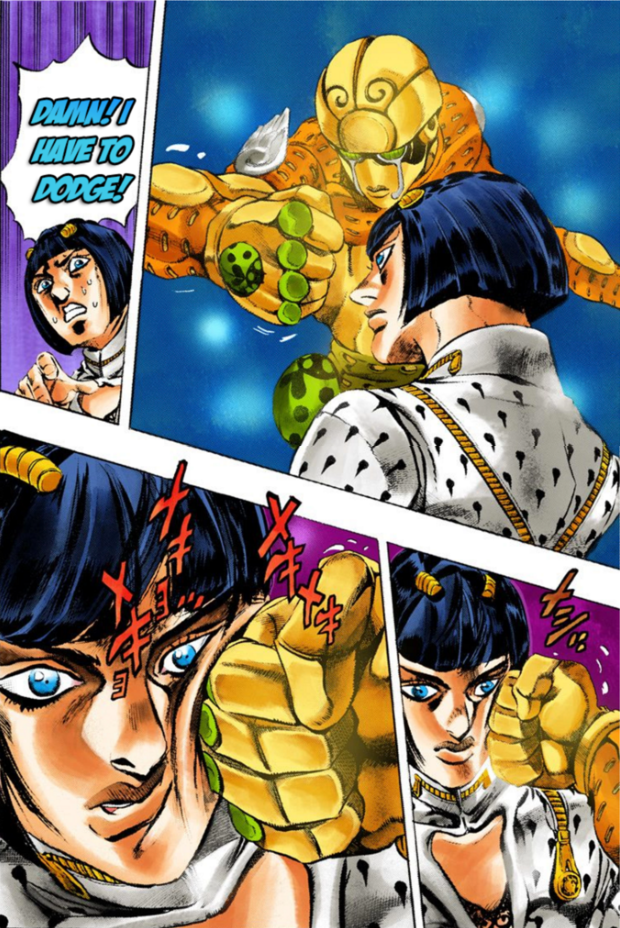
It’s at this point where momentum comes in as a concept. This means that teams that can consistently do large amounts of damage in the beginning can generally keep doing that damage until the enemy team is able to turn around the situation. If a team is forced into a position where their only concern is staying alive, then that team ends up losing sight of their win condition, i.e. killing the opposing players, and are very likely to lose. Teams that have high sustained damage can even force their opponents to use their defensive cooldowns without even using their own offensive cooldowns to do so.
In order to turn a fight around, the team that’s behind needs to perform what is known as a ‘reset’. This is a bit different from a PVE combat reset. In arenas, this means having your team back at 100% with at least a few cooldowns available without having the enemy team on any friendly player through crowd control. Depending on the matchup, it can either be easy or impossible to break away from the enemy team to get topped off, especially is it’s two melee dps focusing a immobile caster.
Momentum can also be reversed earlier in the match due to smart defensive usage or smart crowd control usage. Most defensives are better used when you can recognize that your opponents are committing a considerable amount of damage onto you and you’re sitting around 65-75%. Using defensives around this health range can significantly reduce the amount of healing needed to top you back off. This will also prevent the defensive from being used way too late to actually save you.
Landing a crucial crowd control when an opponent also uses their damage cooldowns is also extremely useful in either forcing an opponent to use their PVP trinket or to make them lose a long cooldown due to an oftentimes shorter cooldown. Any time spent crowd controlled while a damage cooldown is active heavily reduces the possible damage output and can easily set that person back. Furthermore, a well timed crowd control ability can even be enough to turn the tables and land a kill in return.
2. The Line-of-Sight and Connecting to Your Target
The Line-of-Sight
The Line-of-Sight, abbreviated as LoS or Los, is a concept present throughout WoW as nearly all casted abilities require the caster to be able to see the target when the cast starts and when the cast ends. Some placed abilities don’t require a target to cast, but can still only be cast when the desired location can be seen by the character. In arenas, this can be used as an advantage, by hiding behind a ‘pillar’ or ‘wall’ in order to prevent as enemy cast from finishing or to try to cast a channeled spell uninterrupted. Divine Hymn and Tranquility as the best examples of this for healers.
In addition, specific abilities that I call ‘tractor beams’ will continue to channel on the target regardless if LoS is lost after the cast is started, so long as they stay in range. The full list is shown below:
- Lightning Lasso
- Mind Flay
- Mind Sear
- Void Torrent
- Penance
- Drain Life
- Drain Soul
- Health Funnel
- Frost Ray
- Arcane Missiles
- Rapid Fire
- Blooddrinker
- Soothing Mist
Hiding behind a ‘pillar’ is also a powerful way to prevent someone from gaining the full benefit of their damage cooldown instead of trying to facetank or heal through power ranged cooldowns. For example, Boomkins with Incarnation: Chosen of Elune and Destruction Warlocks with their Summon Infernal can do massive amounts of burst damage that can easily be prevented if you can move behind a ‘pillar’ when they’re out in the open.
Unfortunately, it’s just as important to maintain the Line-of Sight with your teammates, especially your healer. If you get crowd controlled behind a ‘pillar’ and your healer can’t get to you, you’re likely to die or at the very least burn a defensive cooldown to prevent death. Which also means that it’s a good idea to drag the enemy dps behind a pillar if it means LoS’ing the other healer so they can’t heal their teammates. Taking advantage of both team’s positioning can help win a game by isolating a target or making it undesirable to reach you.
Connecting to Your Target
A player can only really apply pressure when they can connect to their target. Ranged classes and melee with a variety of ranged abilities don’t have to be next to someone to use their spells, but can get los’d as their target runs behind a pillar. Melee classes can get rooted, stunned, etc. which gives time for their targets to walk away and forcing a gapcloser to reach their target immediately.
In short, if a target is very difficult to maintain constant pressure on, then it’s advised to switch targets to one that is. For example, it can be quite difficult to maintain pressure on healers if they hang really close to a pillar, since they’re likely to give anyone chasing the runaround. Melee in particular can have trouble when chasing Druids, Shamans or Monks due to their constant movement speed increases. 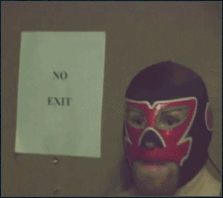
On the bright side, there’s always at least one target that will be easier to hit than the others in an arena. Therefore, you can put enough pressure on someone else to get them to run away, and then commit onto a different target that you can easily reach. Doing this forces the enemy to realize that being hit doesn’t make someone the kill target and the person that runs away can end up tunneling as they’re running away and lowering either their crowd control or their dps/hps. If you can put multiple people in a position where they can’t afford to run away, it can be both good and bad depending on whether or not they can fight back.
2b. Dampening
Dampening is a mechanic present in all arena matches. It reduces healing and absorption effects received by all players present in an arena match. This healing reduction begins immediately in 2v2 arenas, or after 5 minutes for 3v3 arenas. Due to the pace of arenas in Shadowlands, Dampening will no longer start at a 20% healing reduction in 2v2 arena matches. Regardless of match type, this healing reduction will increase by 1% every 10 seconds, or 6% every minute.
In short, Dampening serves as a way to ensure that matches will actually end. It’s something to keep in mind for really long games. Rot comps and teams with high off-healing can use Dampening as an exit strategy to force the enemy healing to burn through the rest of their mana. At this point, it’s more important to rotate defensive cooldowns effectively, since any damage taken will be more permanent, in a way.
Dampening also serves as a gear and mechanics check. If your team is consistently hitting and losing Dampening, you’ll want to rethink how your team is playing and how well-equipped they are in order to finish the game beforehand.
3. Going for a Drink
It’s no surprise that healers will eventually run out of mana during the arena. Coupled with dps doing damage and the dampening mechanic mentioned earlier, healers need to simultaneously keep their team alive while being as efficient with their mana as possible. This means that expensive spells should be avoided unless absolutely necessary, like using Mass Dispel on a Mage in Ice Block or a Paladin in Divine Shield to secure a kill. This doesn’t mean that healers shouldn’t throw out damage either, as any extra bit of damage can help secure kills when necessary. Disc priests, as well as Mistweavers running Way of the Crane, Resto Druids running Feral/Balance Affinity and Holy Pallys running Avenging Crusader are all looking to go on the offensive and will need to burn some mana to do so (except for Cat Form damage because that doesn’t cost mana).
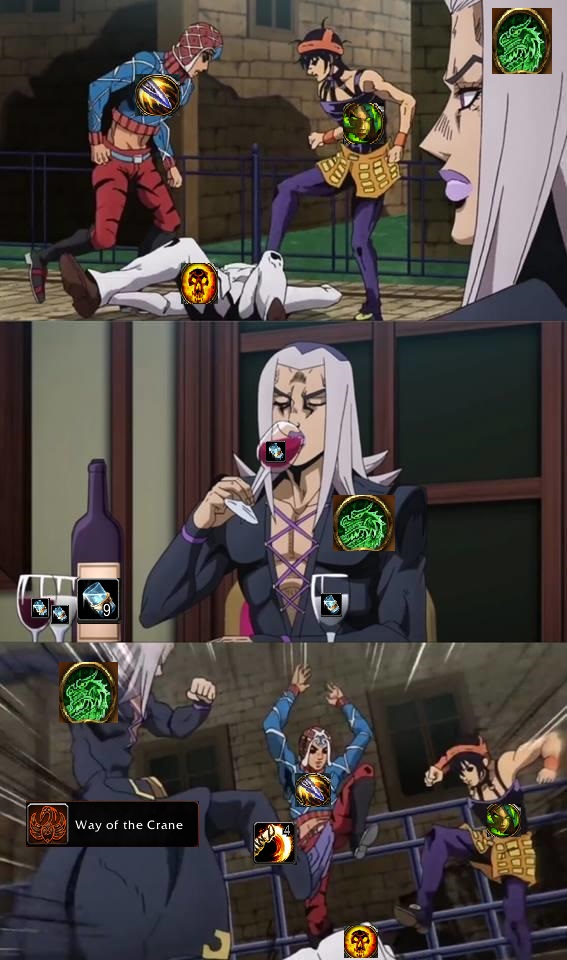
However, there are opportunities for the healers to get their mana back. Most every healer has built abilities to refund mana, generate more mana or reduce mana costs. The most noticeable ones from class abilities are a Resto (and also Balance) Druid’s Innervate and a Holy Priest’s Symbol of Hope. However, the most important way to get mana back quickly, is to go for a drink.
Specifically, healers in arenas can use either Mage food from mages or Seafoam Coconut Water from vendors to replenish their mana. They do need to be out of combat in order to start drinking though, which means not doing anything for 6 seconds. HoTs can still tick during this time. Preferably, the healer ducks behind a nearby pillar as their dps distracts the other team as getting even a few ticks of mana back is worthwhile if the dps doesn’t get chunked too hard, since it also forces a target swap to force the healer to stop drinking. A healer that can keep getting drinks can keep healing while the opposing healer is likely to run dry.
Sidenote: You can mount in arenas once you drop combat, which is useful for kiting around pillars or returning for a drink. Just make sure to get back to heal your team if they start dying. Druids can also drink while stealthed by dropping combat, going into Cat Form, drinking and then casting Prowl. Your opponents will hate you for doing this.
Teams that can put the other team on the defensive and also have crowd control ready can make it very easy for their own healer start drinking. High mobility healers such as Monks and Druids can also find themselves having an easier time going for a drink due to the nature of their class. It can take a bit of coordination for the other healers, but every bit of mana helps.
4. The Arena Itself (And Arenas Favors What)
On that note, the arenas themselves also lend to favoring different teams depending on the map and matchup. One important thing to remember is that the map is really only as big as the players make it, up to a point. If the fighting only happens in a small corner for the entire match, then the map itself is going to feel a lot smaller. All of the maps are listed below:
- Blade’s Edge Arena
- Lordaeron Arena
- Nagrand Arena
- Dalaran Arena
- Tol’viron Arena
- The Tiger’s Peak Arena
- Blackrook Hold Arena
- Ashamane’s Fall
- Hook Point
- The Mugambala
- The Robodrome
- Bastion Arena (new)
In general, the maps with a lot of nearby pillars in the middle tend to slightly favor melee classes, while maps with a wide open area in the middle slightly favor ranged classes. Most of the maps have have one or more of each area, but also lean towards one or the other depending on where the fighting happens. Some maps also have raised areas that allow knockbacks and Mind Control to have increased value.
Maps with lots of Pillars in the middle:
- Lordaeron Arena (Small arena, 4 mini-pillars in the middle + 1-2 pillars off to the side)
- Dalaran Arena (2 Crates + Temporary Water Pillar in the center, raised area in the middle acts as a Pillar)
- The Tiger’s Peak Arena (2 Pillars close to spawn and 2 Raised Platforms to the side)
- Blackrook Hold Arena (Multiple ‘rooms’, large Pillar in the center, ramp to the side)
- Hook Point (Small arena, 2 close Pillars and a long Wall with multiple gaps)
- Bastion Area (Small octagonal arena, 4 close pillars in the center of the map, can’t return to spawn or fall off the side)
Maps with wide open areas in the middle:
- Blade’s Edge Arena (The Bridge Map, open areas except for small pillars at the very end of the bridge and directly under the bridge)
- Nagrand Arena (Four Large Pillars located around the outside of the room)
- Tol’viron Arena (Three Large Pillars located around the outside of the room)
- Ashamane’s Fall (Three Large Pillars located around the outside of the room, circular arena, Pillars are closer than the Tol’viron Pillars)
- The Mugambala (Three separate wide open areas with minimal Pillars)
- The Robodrome (Three Large Pillars similar to Ashamane’s Fall. The largest Pillar is also a ramp.)
Maps with raised areas. Maps marked with * signify good arenas to try to take advantage of or avoid knockbacks. Maps marked with ^ signify good arenas for DHs to jump over obstacles:
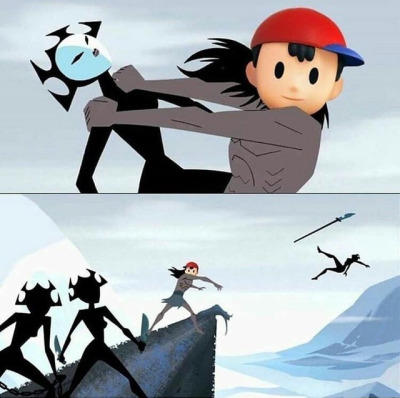
- *Blade’s Edge Arena (Bridge in the middle, and stairs along the middle and edge of the bridge)
- Lordaeron Arena (The coffin in the middle can be walked over along the long side)
- ^*Dalaran Arena (The entire middle platform is raised)
- ^The Tiger’s Peak Arena (Two raised circular platforms, stairs on the far side, DHs can double jump over)
- ^Blackrook Hold Arena (Small raised ramp near the pillar)
- ^*The Mugambala (Large upper area with two stairs leading up, difficult to knock away enemy players in the middle of the upper area)
- ^*The Robodrome (Large ramp on one of the pillars)
Take all of the maps with a grain of salt. All they really are is the maximum amount of space available to work with. Positioning is the most crucial thing here, especially if you can pull the enemy team apart by using the map against them.
5. Pugging and Communication
Pugging
In short, picking up rated arenas and rated PVP is difficult. There are a lot of roadblocks to both personal progression and improvement. Since learning how to PVP takes a lot of games and gametime to pick up, it’s important to understand how to get into a game.
Under ideal circumstances, you can start doing arenas with people you know, either friends or guildies. When those aren’t available, you’ll have to start pugging. It’s going to feel a bit different than pugging PVE content, unless you’re familiar with pugging 10+ or higher mythic+ keys.
Here’s the bottom line, a lot of folks that are pugging are much more concerned about your rated PVP experience and what your class brings; not everyone is like this, but it happens often enough to think about if you keep getting declined. Most groups you see in the group finder are looking to run particular team comps, just like M+. Unless you’re at least Heroic geared, you might have trouble getting into a group if your spec isn’t considered strong. Healers, of course, will most likely have an easier time.
Your rating will also matter. Most people that pug constantly will want to play with someone of a similar CR or current rating, to minimize the amount of rating that they will lose if they lose and to maximize the rating they will gain if they win. Having a massive difference in rating can result in extremely low gains from hard-fought wins and can cause losses to incur a massive penalty.
If you’re just starting, I’d recommend looking for groups that have ‘low cr’ in the name. There isn’t much difference in CR gains below the 1200 range, so losses don’t mean much when you’re starting out. Once you’re above 1400, groups of similar CR may ask for XP, indicating that they’re looking for similar that has been at or above the requested rating. At which point, you can either whisper them your XP or link the closest achievement that you have. What matters here is that you can find a group you can stick with and learn with, instead of grabbing someone that will leave after one loss.
Be aware that some groups can be quite stingy, even maybe a little elitist, regarding who they let in their group. Don’t worry about it too much, some team compositions are really particular about the classes needed for rated PVP and some people are just picky.
There will also be times where there aren’t really any groups up right now that can fit your own class. If this happens, you can either start your own group or go do something else for a bit. It’ll be better than to try to wedge yourself into a comp that doesn’t have synergy. When starting a group, make sure to state if you’re looking for specific classes, as well as cr and xp when you start going above 1600.
Communication

Talking can be difficult, especially under stressful situations. Rated PVP of any kind, in any game can be a heated environment. Just look at League of Legends, Overwatch, Dota 2, Rocket League, Fortnort, Halo, CoD, HotS, etc. Rated arenas isn’t any different except that you can only really interact with your own teammate(s).
The most important takeaway from this section is to stay calm, cool and collected. It doesn’t matter if you’re right or wrong if you’re an asshole about it. If things go wrong and you lose a match, it’s best to take a step back and analyze what went wrong. Just don’t go into a rant about how such and such class is broken or how ‘they only won because they had X trinket’ or throw the blame entirely on one person. That doesn’t help anyone. Focus on how both teams played, how the game started, how crowd control was used, if abilities were combo’d or not, etc. It’s not really required to say anything at all when a match ends; sometimes, you just have to move` onto the next game.
The next most important thing is to not play the victim. No one is going to want to stick around playing with a pity party or someone who’s being extremely passive aggressive about the last match. Don’t go ‘oh woe is me’ because you got crowd controlled behind a pillar and your team couldn’t save you. In that hypothetical scenario, you overextended without securing a kill and the enemy team took advantage of it. It’s okay to admit that you made a mistake, and it’s even better to take steps to improve on it. For example, make sure you have the tools available to save yourself if you’re going for risky maneuvers, for overconfidence is a slow and insidious killer.
When talking about the last match, talk about what could have been done better in terms of pressure, prevention and positioning. Such as:
- Could a bunch of Chaos Bolts have been kicked during the Destro Lock’s Summon Infernal, or would have been better to run away so the Lock can’t cast anything.
- Based on the map? Based on positioning? Based on available cooldowns?
- Would it have been better to try to pull the Infernal behind a wall to kill it instead of letting it time out?
- Were defensive cooldowns overlapped and wasted, or were they necessary because of how the enemy team played?
- Was there a crucial enemy buff/debuff that needed to be purged/dispelled?
- Did we commit to a kill when the enemy had trinket/defensives available?
- Should the dps have target swapped onto the healer sooner?
- Could the dps have target swapped onto the healer sooner? Were they in position or not?
- Did we overlap our crowd control or was the wrong target focused?
- Did we land the CC, but mess up our rotation? Did we use CC when we couldn’t take advantage of it?
- Can we switch our talents around to have more peel against that specific comp?
- Can we borrow any strats from the last team we faced for the next match?
- What could you have done to force the enemy team into a specific action?
If you really want to get into analyzing your matches, it’s best to record a day’s worth of games and then rewatch with a friend or two to see what could be done differently. Streaming and recording programs such as OBS and Nvidia ShadowPlay will allow you to do so, and rewatching how you play can help catch mistakes and opportunities that pop up in the middle of a game.
You might have noticed that a few of these points are similar. This is in regards to overlapping defensives and crowd controls. If you’re playing in a voice chat, it’s a good idea to call out when important abilities, such as interrupts, crowd control abilities, defensive and offensive cooldowns are ready or are coming off cooldown. You’ll also want to make sure your opponents’ trinkets are on cooldown before going for a kill, especially if you need an extended amount of time to set up for a kill. Having a shotcaller that can manage all of this is extremely valuable regardless of rating. If you’re pugging, you can still say stuff like ‘I’ll use Entangling Roots + Solar Beam on the healer after you Hex them.” Having an order for cc helps to regularly set back the enemy team and clears up communication for other info.
Target swapping is also an important strategy in rated arenas. When done correctly, you can catch opponents unawares and kill them without them realizing. You can usually target swap around when Dampening occurs to force the enemy healer to use more mana intensive, aoe spells or to focus an opponent when their defenses are on cooldown. You can also target swap as soon as an opponent uses a defensive to reduce the value of that defensive or if a healer is focusing a single player heavily. However, not target swapping can also work if you’re looking to shut down an opponent through sheer damage pressure and your opponent can’t match the damage or crowd control beat for beat. It’s a good idea to have a shotcaller for this as well.
6. Arena Addons/Macros
Addons
As with everything in WoW, there are addons available that can make playing Arenas easier. The vast majority of arena addons simply provide more information similar to timers from DBM and BigWigs in raid/m+. Playing rated arenas without any addons is definitively more difficult. The opposite is also true, as having too many addons will lead to a cluttered UI that will make it difficult to keep track of what’s actually happening within the game itself. The addons that I generally recommend are as follows:
- Gladius – https://www.curseforge.com/wow/addons/gladius
- Displays/Announces enemy specs/roles and puts their arena 1-3 nameplates in a much more visible format. Also shows active enemy DR/cooldowns/trinket timers
- Omnibar – https://www.curseforge.com/wow/addons/omnibar
- Displays timers for enemy interrupts. Really good for anyone playing a caster/healer
- Arena Team Tracker (ATT) – https://www.curseforge.com/wow/addons/att
- Displays friendly cooldowns for trinkets, interrupts, cc, defensives, etc.
- Capping Battleground Timers – https://www.curseforge.com/wow/addons/capping-bg-timers
- Displays timers for arena start/Shadow Sight arena buff. Generally used for battlegrounds instead of arenas
Unfortunately, there aren’t a lot of general weakauras available for arenas. Most of them are either outclassed by the aforementioned addons or are extremely specific. If you still want to take a look at weakauras, you can check out the following link: https://wago.io/weakauras/pvp/arena
Below is my DH’s UI when I’m in an area. I’ve got Gladius on the right, and ATT on the left under my team’s nameplates. I don’t need to target any of my allies on my DH, so I’ve got my team farther to the left than I would on my Shadow Priest. Since I’m not really worried about interrupts on my DH either, I’ve got Omnibar disabled as well:
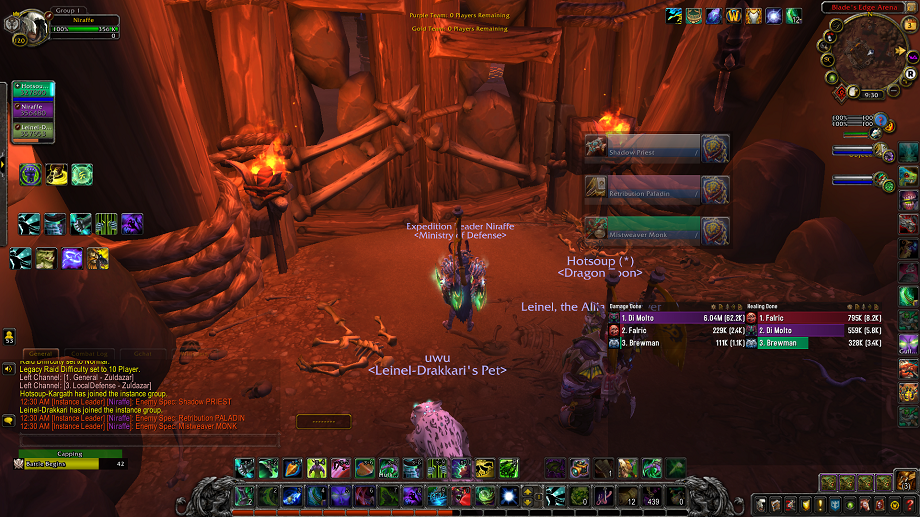
Placement of your addons is also crucial as any additional addons that are present will create a blindspot in that area. Too many blindspots will result in an increase in tunnel vision, which is bad if you need to peel, target swap or just look around the map. As shown above, I’ve got a larger area in the middle of my screen that’s free from addons, with the enemy nameplates close to the center to make it easier to check on the entire enemy team. Below is my priest’s UI that I hastily took in a random skirmish when the enemy Paladin died.
Here, you can plainly see the timers on both ATT (on the left) and Gladius (on the right) are showing the timers for my team’s defensives as well as the DR types and timers for each individual opponent. If you’ve noticed, I’ve got my friendly nameplates closer to the center of my screen, since I also heal as Disc when I do rated 2’s and I run Void Shift like most Shadow Priests in PVP. Most PVP addons do have a wide variety of settings and options, but outside of changing the position or size, you shouldn’t have to change any of the other settings.
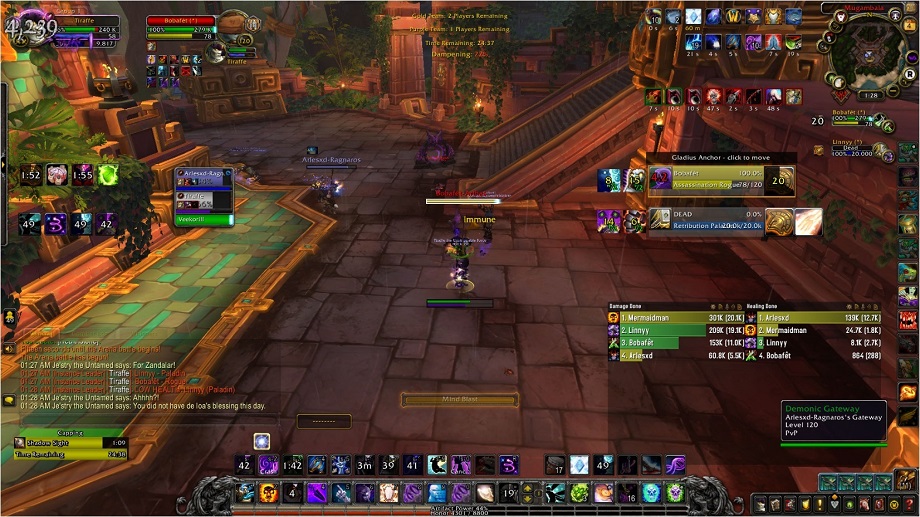
Macros
Macros are an interesting and essential part of arena mastery Macros are especially important in arenas due to the ease of use they provide in targeting. This goes double for healers, as mouseover targeting can get ruined by the camera and tab targeting is a bit rng, especially if the enemy team has pets. You can however change your tab target to only target players in your keybinds.
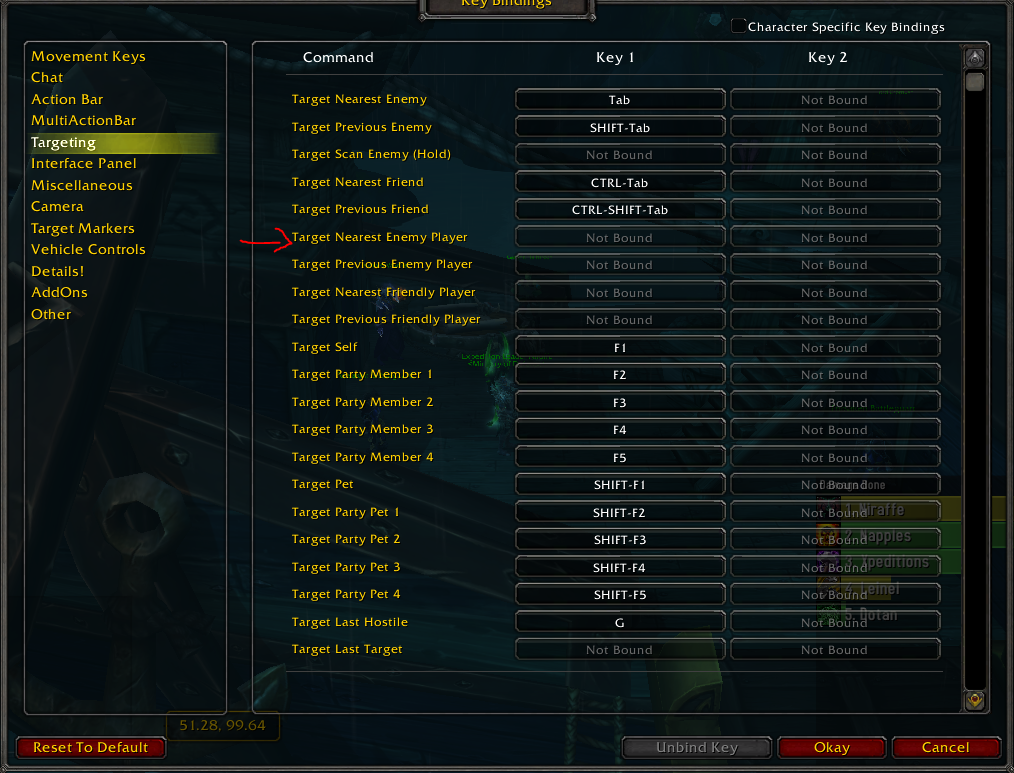
The main focus on of macros in arena are for focus macros and arena1-3 macros. These macros will make that ability target a specific player based on the order of the nameplates or whoever you have set as your focus. There is a small caveat to this, and that is that if you want to set a stealthed enemy as your focus, such as when they’re your kill target, you have to wait until they are out of stealth to set them as your focus. For a list of macros for each spec, take a look at the following link: http://www.skill-capped.com/app.php/macros/
Most importantly, macros will help speed up your gameplay once you get used to them. It may feel as though you’re running out of buttons though, especially if you’re a Resto Shaman, so you will most likely have to use the extra Action Bar and MultiActionBar settings available in your keybinds to give you more room. Or if your a fancy person with a gaming mouse, you can use that too.
7. The Meta
For those that care about it, the meta is the culmination of everyone’s individual perception of a game. It can be good or bad, fast or slow, random or just chaotic enough to feel like it is. In-game, the meta serves as the general idea of which spec will outperform other spec based on that spec’s positioning, pressure and prevention capabilities, how well those 3 P’s synergize with their teammates and how well they stack up against other teams. It serves as a guiding light towards popular and successful strategies, as well as highlighting possible off-meta counter strategies and mismatches in experimentation.
Question: Does following the meta matter?
Response: The meta only matters as much as you let it matter, to a point. If your goal is to take advantage of popular specs by running a team comp that directly counters the #1 team comp(s), whatever it is, then you’re still playing the meta and that’s perfectly fine. Certain specs are still popular for a reason, but it’s better to master your own class rather than focus solely on trying to follow the meta. It’s far too time consuming to try to level and gear up multiple characters on a patch-by-patch basis just because shamans got nerfed again. Besides, if you know all the secrets of your class, then you can catch people by surprise on their lack of experience with the matchup. Moreover, you’ll probably have more fun playing a class you enjoy.
However, it’s also important to be a bit realistic with this. It can be quite discouraging if your spec is ruled as a bad spec, regardless if it is or isn’t, as it’s easy to point fingers and get constantly declined. The nature of arenas does allow for most every class to have room to play, so it might be worthwhile to set aside gear for a separate spec to play just for PVP instead of going all-in on a single spec for both PVE and PVP.
Bear in the mind, the meta is always subject to change. In the Shadowlands, the meta currently favors hyper-aggressive comps that put their opponents on the back-foot until they can’t recover.
Conclusion:
To summarize this guide, it can take a lot of time to get used to the pace of rated PVP, especially if you’re trying to pug the entire time. Don’t get flustered if you feel you aren’t progressing, just take a break and take another swing when you feel you’re ready. And as always, do what you can to give yourself an advantage. Since this was a general guide, I’d highly recommend checking out multiple, specific class guides available on either Wowhead or Icyveins, or in the pvp channels in the class discords.
And remember, if you do end up losing, that’s okay. Just keep moving and you’ll eventually get where you want to be. Climbing the rated ladder takes time.
Obligatory
https://www.youtube.com/watch?v=l1Rk2OFddZs – It’s ok to be yourself
https://www.youtube.com/watch?v=KxGRhd_iWuE – Inspirational Video
Sources:
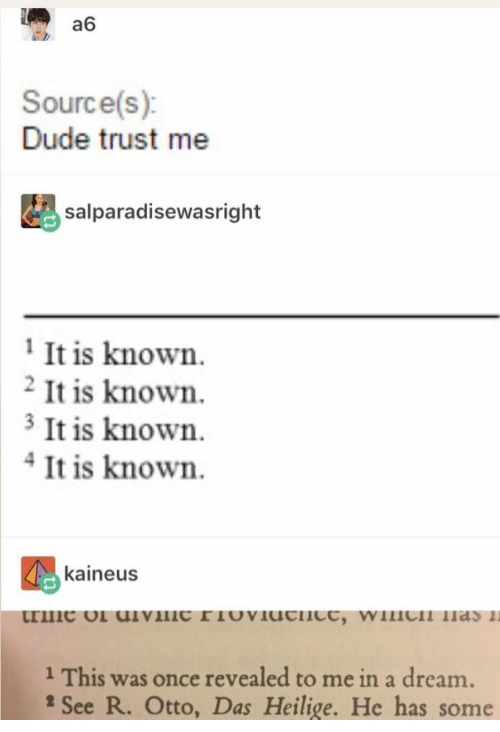
“Matsuoka Shuzo [松岡修造 ] – あきらめかけているあなた (NEVER GIVE UP!!) [English]” Youtube,
uploaded by Ryuujin131 on 25 Jun, 2010, https://www.youtube.com/watch?v=KxGRhd_iWuE
“It’s ok to be yourself” Youtube, uploaded by Tofupupper on 22 Oct, 2018, https://www.youtube.com/watch?v=RahYj4xs_dU

